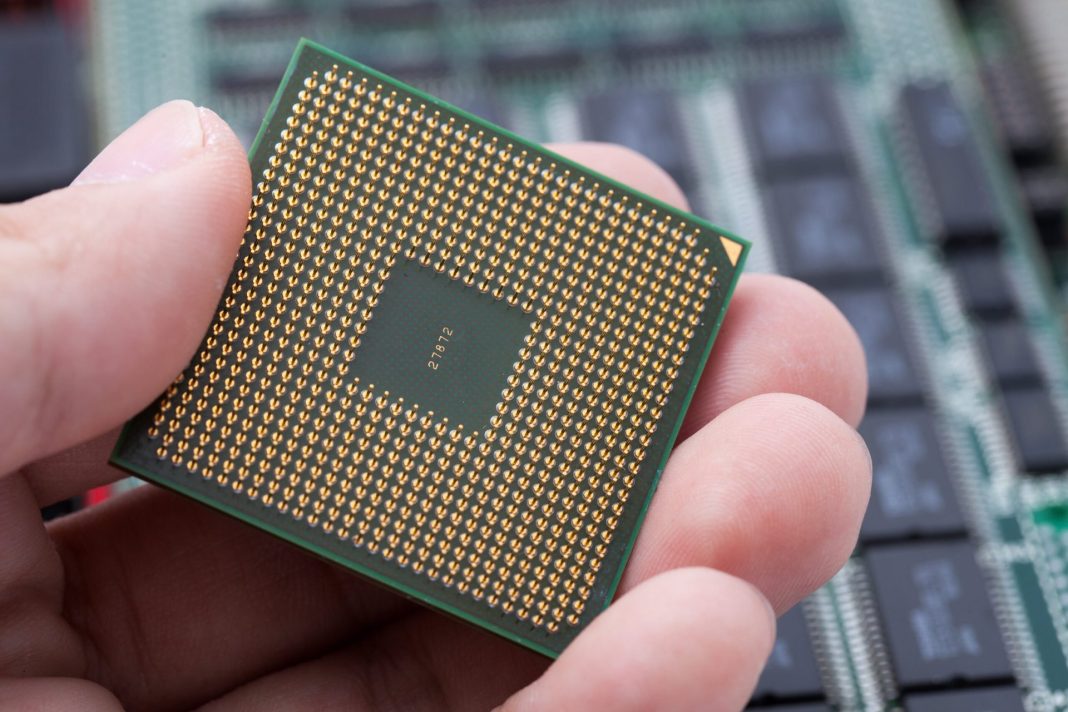Intel’s fall from industry leader to a company struggling to stay relevant offers essential takeaways for tech investors.
Understanding how to navigate these shifts is essential as markets evolve quickly. Here are five lessons from Intel’s decline that can help investors make smarter decisions in a dynamic tech landscape.
1. Never Underestimate Market Disruption

Intel’s failure to predict the rise of mobile computing and AI is a cautionary tale. Once dominant in PC chips, Intel was caught off guard when competitors like ARM and Nvidia anticipated new technology waves and developed products to meet emerging demands.
For investors, this highlights the importance of watching for disruptive trends. Companies that fail to adapt to market changes risk losing their competitive edge, regardless of how strong their position once was.
Lesson: Keep an eye on emerging technologies and prioritize innovative companies to stay ahead of industry shifts.
Pro tip: If you’ve got at least $100,000 in investments, check out a free service called SmartAsset. You fill out a short questionnaire and instantly get matched with up to three vetted financial advisors in your area, all legally bound to work in your best interests.
2. Diversification Is Key

Intel’s reliance on its core business—PC and server chips—left it vulnerable when demand for these products slowed. By contrast, Nvidia expanded beyond gaming GPUs to become a leader in AI processing, significantly boosting its market value.
For investors, relying too heavily on a single company or sector can be risky. Diversifying your portfolio across industries and geographies can help mitigate the impact of any one company’s decline.
Lesson: Build a diversified portfolio to reduce exposure to industry-specific risks.
Pro tip: With an annuity, pre-tax money you contribute grows tax-deferred, and you won’t owe taxes until you withdraw it. With a Gainbridge® SteadyPace™ annuity, you can lock in a guaranteed 5.50% APY. (Subject to change without notice.)
3. Leadership Can Make or Break a Company

Intel’s leadership struggled to anticipate and respond to market changes, which cost the company its dominant position. Even the return of a respected veteran, Pat Gelsinger, couldn’t fully steer the company back on course.
Strong leadership is critical for navigating uncertain markets. Investors should evaluate a company’s management team, looking for leaders with a track record of innovation and adaptability.
Lesson: Pay attention to leadership quality and their ability to adapt to changing market conditions.
4. Timing Matters More Than Ever

Intel’s late entry into AI chip development mirrors its slow response to the mobile revolution. By the time it released its Gaudi AI chip, competitors like Nvidia had already established dominance, making it difficult for Intel to gain a foothold.
Timing is critical in fast-moving industries like tech. Companies that act too late on emerging trends risk becoming irrelevant, no matter how large their market share once was.
Lesson: Invest in companies that show foresight and quickly seize new opportunities.
Pro tip: Companies like Connect Invest offer commercial and residential real estate loans earning as much as 9%. Click here to learn more.
5. Government Support Can Be a Double-Edged Sword

Intel’s reliance on CHIPS Act funding for its foundry business underscores the benefits and challenges of government support. While the funding offers a lifeline, it limits the company’s strategic flexibility, such as the potential for a spin-off or acquisition.
For investors, government involvement can stabilize industries during crises but may come with strings attached. Understanding these dynamics is essential for assessing long-term investment potential.
Lesson: Consider how government policies and funding affect a company’s flexibility and growth potential.
Adapting to a Rapidly Changing Market

Intel’s decline is a stark reminder of how quickly the tech landscape can shift. For investors, the key takeaway is to stay informed, prioritize innovation, and diversify holdings.
By learning from Intel’s missteps, you can position yourself for success in an ever-evolving market.


